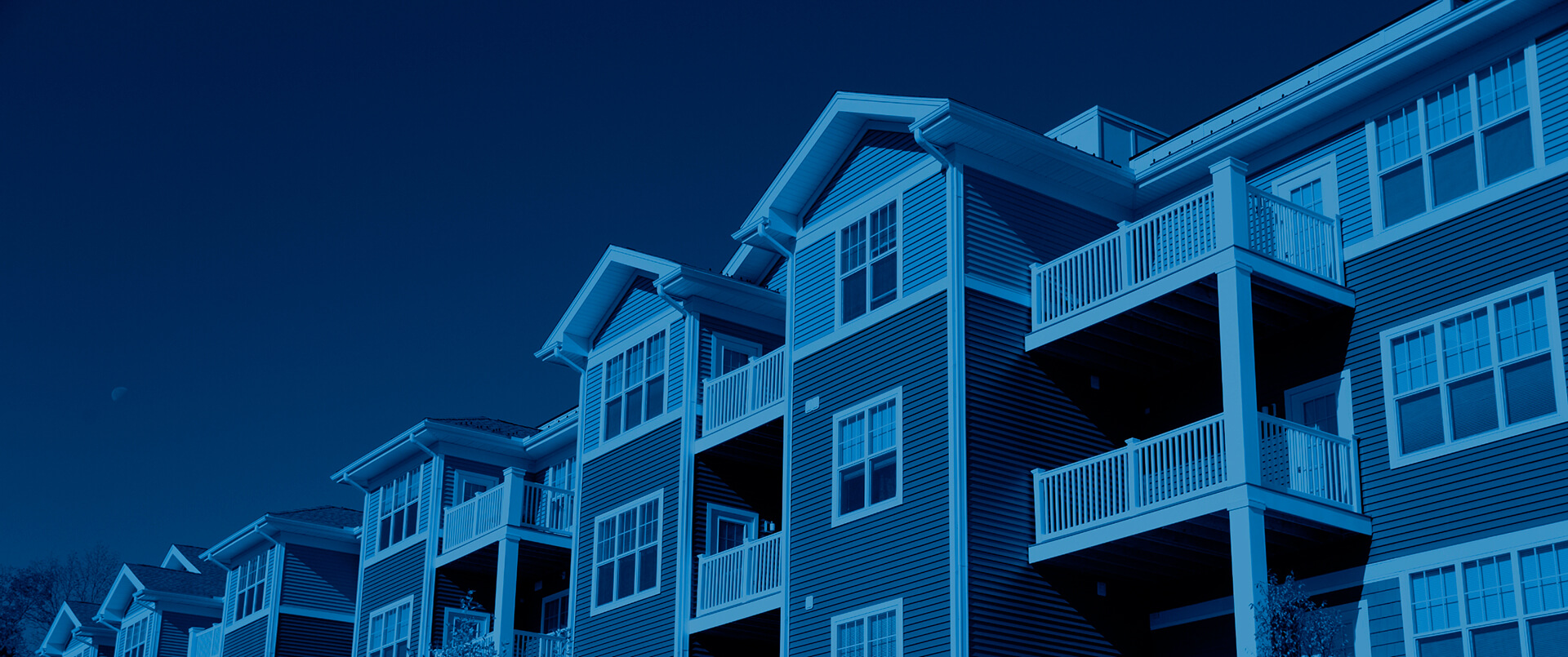Navigating the Complex Terrain of Compliance Guidelines for Network Protection in Multi-Dwelling Residences to Ensure Resident Security and Data Safeguarding
Wiki Article
In today's society, numerous people live in multi-dwelling buildings, including apartment buildings and condo communities. Such places frequently share shared infrastructures for internet and other amenities. Although this arrangement can be convenient, it also raises significant questions about network safety and regulatory standards. Guaranteeing the safety of residents and safeguarding their information is crucial. This piece will examine the intricate landscape of regulatory guidelines for network safety in multi-dwelling buildings, focusing on how these guidelines assist keep tenants safe and protected.
A of the key regulatory standards that apply to network security is the General Data Privacy Regulation (GDPR). This law is intended to protect individual data and privacy for persons within the European Community. Although it mainly applies to companies functioning in the EU, its principles can affect practices in different regions as also. For multi-dwelling units, complying to GDPR means establishing strong information protection protocols. This includes ensuring that tenants' personal data is collected, kept, and processed safely. By adhering to these guidelines, building managers can assist build confidence with tenants and guarantee their data is safe from illicit access.

A further significant standard is the Healthcare Coverage Portability and Accountability Law (HIPAA), which safeguards sensitive patient data in the medical sector. In multi-dwelling units, particularly those that offer healthcare services or have tenants with particular health requirements, adherence with HIPAA is essential. This means that any medical information gathered from residents must be kept confidential and protected. Building managers must ensure that their network infrastructures are configured to avoid data breaches and unauthorized access. By taking these steps, they not only adhere with regulatory requirements but also promote a secure residential space for all residents.
In addition to GDPR and HIPAA, the Payment Payment Sector Information Protection Standard (PCI DSS) is another critical regulatory guideline. This standard is particularly relevant for multi-dwelling buildings that process debit card payments for rent or amenities. PCI DSS specifies protection protocols that must be implemented to safeguard customer data. This includes encrypting sensitive data and frequently monitoring network security. By adhering to PCI DSS standards, building administrators can reduce the risk of data breaches and safeguard tenants' monetary data, which is crucial for maintaining their trust and safety.
Finally, it is essential for multi-unit buildings to remain updated on local and national regulations regarding network security. Regulations and guidelines can evolve, and staying informed is crucial for compliance. Property administrators should frequently assess their security policies and practices to ensure they meet current standards. This proactive strategy not only assists in upholding adherence but also improves the overall safety of the system. By prioritizing resident security and information protection, multi-dwelling units can create a secure living space that fosters confidence and reassurance among tenants.
In conclusion, navigating the complex environment of regulatory guidelines for network safety in multi-dwelling units is crucial news for ensuring resident safety and information safeguarding. By understanding and implementing guidelines like GDPR, HIPAA, and PCI DSS, property administrators can establish a safe environment for their residents. Remaining informed about local regulations and frequently reviewing security protocols further improves this dedication to security. In the end, a strong emphasis on compliance not only protects tenants but also fosters a feeling of community and trust among multi-unit buildings.